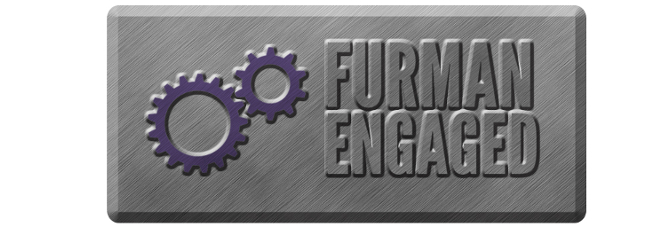Title
Role of heat and nutrient stress on anti-fungal drug resistance in the pathogenic fungus Cryptococcus neoformans
Department, Center, or Institute
Biology
Presentation Format
Poster
Presentation Type
On-campus research
Description
Cryptococcus neoformans is a pathogenic fungus that can infect immunocompromised hosts and lead to severe fungal infections such as cryptococcal meningitis. One of the drug used in the treatment for cryptococcal infection is amphotericin B (AmB), a broad spectrum antifungal drug that induces oxidative stress through increasing reactive oxygen species (ROS) within the fungal cell. Previous studies have also shown that temperatures higher than room temperature facilitate better resistance to AmB in other fungal systems, and fungi are able to cope with anti-fungal drugs when they are stressed with poor nutrient conditions. We hypothesize that: (i) the addition of an anti-oxidant, glutathione, to AmB treated cells can facilitate recovery of cell growth, (ii) increased temperature will lead to increased resistance to AmB, and (iii) Use of poor nutrient media for growth of fungi would give them an advantage over rich medium and increase their resistance to the anti-fungal drug, AmB. We identified that addition of glutathione can increase fungal cell survival in the presence of AmB oxidative stress, and the resistance to AmB is more pronounced at 300C, as compared to room temperature (250C). Additionally, we found that resistance to AmB is also facilitated under conditions of nutrient stress, namely, when yeast cells are grown in the presence of minimal medium (Yeast Nitrogen Base or YNB), as opposed to a rich source of nutrient medium (Yeast Peptone Dextrose or YPD).
Session Number
4
Start Date and Time
4-9-2019 3:00 PM
Location
PAC Gym
Recommended Citation
Nguyen, Kenny, "Role of heat and nutrient stress on anti-fungal drug resistance in the pathogenic fungus Cryptococcus neoformans" (2019). Furman Engaged!. 455.
https://scholarexchange.furman.edu/furmanengaged/2019/all/455
Role of heat and nutrient stress on anti-fungal drug resistance in the pathogenic fungus Cryptococcus neoformans
PAC Gym
Cryptococcus neoformans is a pathogenic fungus that can infect immunocompromised hosts and lead to severe fungal infections such as cryptococcal meningitis. One of the drug used in the treatment for cryptococcal infection is amphotericin B (AmB), a broad spectrum antifungal drug that induces oxidative stress through increasing reactive oxygen species (ROS) within the fungal cell. Previous studies have also shown that temperatures higher than room temperature facilitate better resistance to AmB in other fungal systems, and fungi are able to cope with anti-fungal drugs when they are stressed with poor nutrient conditions. We hypothesize that: (i) the addition of an anti-oxidant, glutathione, to AmB treated cells can facilitate recovery of cell growth, (ii) increased temperature will lead to increased resistance to AmB, and (iii) Use of poor nutrient media for growth of fungi would give them an advantage over rich medium and increase their resistance to the anti-fungal drug, AmB. We identified that addition of glutathione can increase fungal cell survival in the presence of AmB oxidative stress, and the resistance to AmB is more pronounced at 300C, as compared to room temperature (250C). Additionally, we found that resistance to AmB is also facilitated under conditions of nutrient stress, namely, when yeast cells are grown in the presence of minimal medium (Yeast Nitrogen Base or YNB), as opposed to a rich source of nutrient medium (Yeast Peptone Dextrose or YPD).

